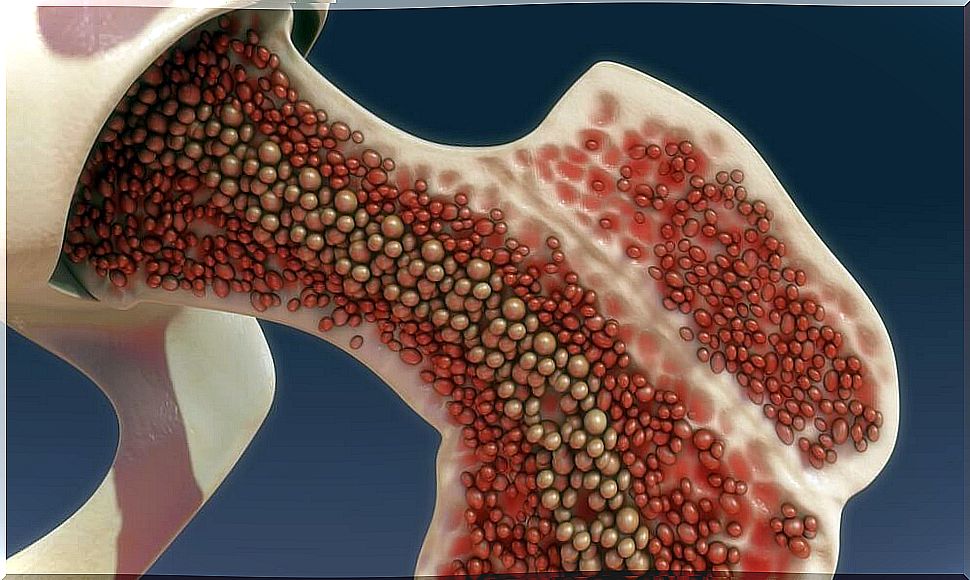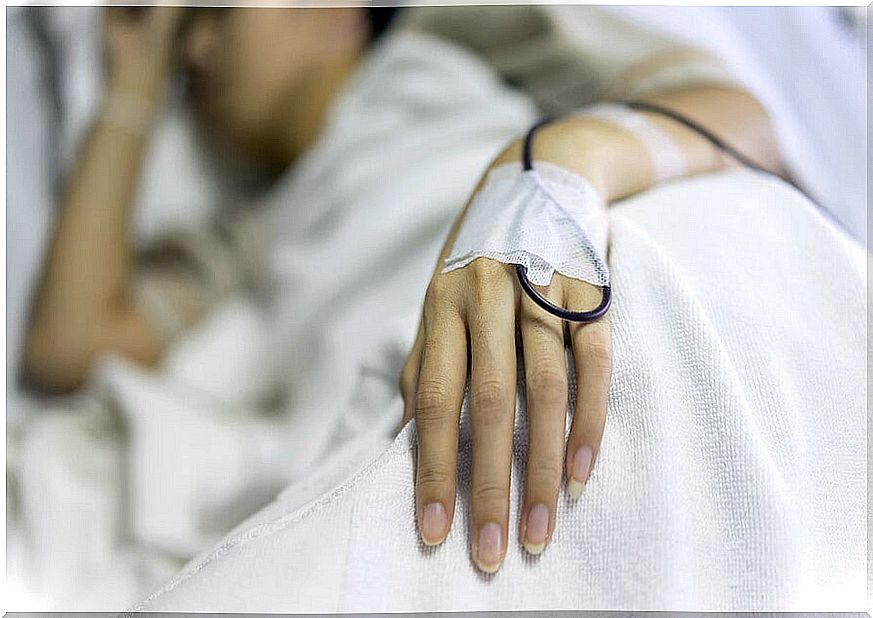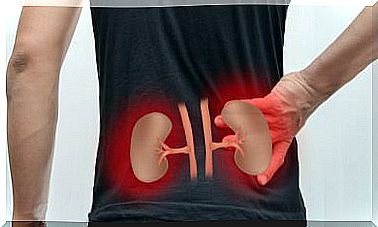Bone Marrow Donation: What Does It Consist Of?
Bone marrow donation appears as a humanitarian and facilitating action for bone marrow transplantation. Non-sick people can help patients with serious pathologies that are at risk of life.
The diseases that most frequently benefit from a bone marrow transplant, among others, are:
- Leukemia
- Aplastic anemia
- Lymphoma
- Myeloma
What is bone marrow?
The bone marrow is a tissue of the human body responsible for producing blood cells and part of the immune system. Inside the bone marrow are what are known as stem cells. The most specific scientific name for these cells is hematopoietic progenitors. This is due to their ability to give rise to blood cells:
- Red blood cells or red blood cells
- White blood cells or leukocytes
- Platelets or thrombocytes
Bone marrow diseases are those in which the tissue’s ability to effectively produce these cells is impaired. Either due to excessive, insufficient or abnormal production.
For many of these diseases, the solution lies in a bone marrow transplant. And there the bone marrow donation plays an important role.
Bone marrow transplantation
A bone marrow transplant basically consists of replacing diseased bone marrow tissue – present inside the bones – with healthy tissue. It is also known as stem cell transplantation, since it is these cells that are mainly grafted.
But it is not possible for all sick people to receive bone marrow tissue from just any donor. Compatibility is essential for success and to avoid more serious complications later. That is why we speak of compatible and non-compatible donors.
Matching bone marrow donation is determined by human leukocyte antigen (HLA). HLA is a group of proteins from various cells, especially white blood cells. It is a recognition system that the human body has to determine what is its own and what is foreign.
Each person has their own HLA system. That particular identity serves the immune system to defend the body from the external that can make it sick. Of course, HLA alone will not be able to distinguish between a bacterium, for example, and donor bone marrow tissue.
If the HLA between two individuals is similar enough, the bone marrow transplant will be accepted by the recipient. Otherwise, the recipient body will reject the external tissue. Much of the success of the operation is in the degree of HLA compatibility between donor and recipient.

How is the bone marrow donation done?
When a person decides to be a bone marrow donor, they will most likely have a peripheral blood stem cell collection (PBSC).
First, five days before the actual donation, the donor will receive one injection per day of granulocyte colony stimulating factor (G-CSF). The injection takes about five minutes and causes the stem cells to move from the bone marrow into the circulating blood.
After stimulation with injectables is complete, donated tissue must be removed. To do this, a needle is placed in each arm. One of the needles draws blood to circulate through a machine that will collect the stem cells, while the blood returns to the body through the other needle.
The extraction takes about three hours in total and may need to be repeated the next day. Some minor adverse effects may occur in the donor, such as headache and bone pain.
Less frequently it may be necessary to collect tissue directly from the bone. This type of bone marrow donation is not the one that is regularly indicated. Professionals will decide if one or the other is appropriate for each case. This technique is more complex and is considered surgery.
Donors undergoing direct bone marrow harvesting should rest for about a week after the procedure. The adverse effects are more intense and longer lasting.

Requirements for donation
In general, to be a suitable donor, a series of requirements must be met:
- Age between eighteen and fifty-five years.
- Weigh more than fifty kilos.
- Not having a disease that can be transmitted to the recipient of the donation.
- Be healthy enough not to put your own life at risk by donating.
The first step is to sign the informed consent accepting the donation. Once signed , a blood sample will be drawn from the potential donor to analyze the HLA and load that information into a database.
When the time comes, if an effective donation is required because there is a compatible recipient, the collection will take place in a hemotherapy center.
Every country and every region has its own bone marrow donation registry system. You can consult the health centers near your home to learn more about how the issue is organized in the area where you live.








